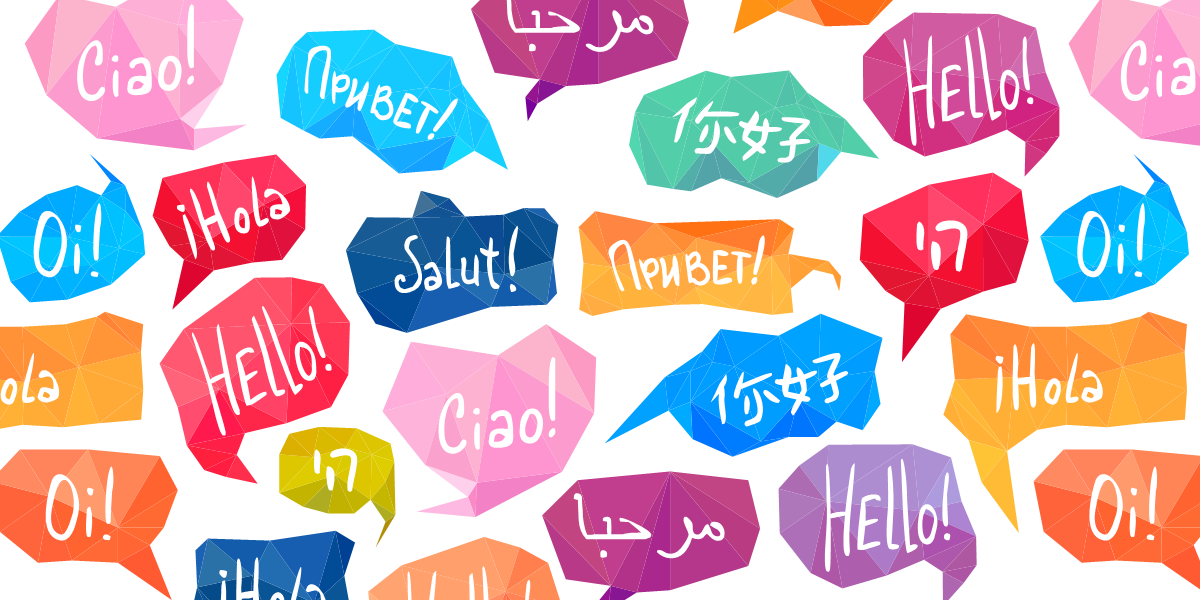The language of peace serves as a universal dialect, transcending the barriers of culture and circumstance. The Bahá’í teachings elegantly espouse the power of positivity, illustrating how an optimistic mindset not only uplifts the individual but also cultivates an atmosphere of tranquility and harmony within communities. In essence, the teachings illuminate the path toward a world steeped in compassion and understanding.
At the crux of these teachings lies the fundamental tenet that the essence of peace can be encapsulated in words of hope and encouragement. The language we employ profoundly influences our perceptions, interactions, and, ultimately, the trajectory of our lives. Just as a brush in the hands of a skilled artist transforms canvas into vivid landscapes, so too can words shape the very reality we inhabit.
To gain a deeper understanding, consider the metaphor of a tree and its roots. A tree flourishing under the benevolent sun serves as a testament to the nurturing atmosphere provided by the soil. In this analogy, the roots symbolize the foundational values of love, compassion, and unity espoused by the Bahá’í faith. It is these roots that enable the tree to stand tall against the storm’s ferocity, embodying resilience, much like the human spirit when fortified by the teachings of positivity.
Furthermore, the act of engaging in constructive dialogue is akin to a maestro orchestrating a symphony. Just as a conductor harmonizes diverse instruments to produce a melodious composition, individuals can use the language of peace to harmonize differences, forging connections that transcend animosity. By choosing words imbued with kindness and respect, we can eschew the cacophony of discord and replace it with a sonorous chorus of understanding and compassion.
In examining the systemic potential of positive language, one can observe its profound implications in fostering social cohesion. The Bahá’í teachings advocate for the conscious application of words as potent agents of change. Every utterance, every written word possesses a vibrational energy capable of uplifting spirits or undermining relationships. Hence, the call for individuals to recognize the import of their lexicon becomes paramount.
Moreover, the teachings assert that positivity breeds positivity, creating a ripple effect within communities. When individuals embrace an optimistic perspective, they imbue their surroundings with vibrancy and goodwill. This communal environment encapsulates an aura of tranquility that can influence collective thought, akin to the way sunlight permeates and warms a room, dispelling shadows and infusing life.
As we delve deeper, we encounter the indelible link between psychological well-being and positive communication. The Bahá’í principles emphasize the necessity for individuals to cultivate thoughts that align with love and goodness. A mind attuned to positivity generates a reservoir from which individuals draw, spilling over into communal interactions. Analogous to a spring from which fresh water flows, the clarity of positivity invigorates and rejuvenates the human experience, encouraging hearts to embrace compassion as a guiding principle.
In fostering this mindset, it is crucial to engage with the inherent diversity of our world. Each individual, much like a unique brushstroke on a canvas, contributes to the broader picture of human existence. Recognizing the beauty in differences can pivot our perspective toward understanding rather than judgment. The Bahá’í teachings exhort followers to celebrate diversity as a divine tapestry, intricately woven to illustrate the magnificent spectrum of human experience.
The corollary of these teachings implores individuals to challenge and transform negative narratives that permeate society. The recognition that communication carries the weight of consequence underscores the importance of promoting a discourse reflective of innate goodness. The language we utilize is not merely a tool for expression; it serves as a catalyst for change, urging individuals to dismantle cycles of negativity and foster dialogues that uplift and inspire.
To further solidify this understanding, we can draw parallels with the concepts of forgiveness and reconciliation embedded within the Bahá’í teachings. Engaging in discussions rooted in forgiveness acts as a balm to wounds inflicted by misunderstandings. The process of reconciliation, much like the gentle healing of a soul, allows communities to move past grievances toward a collective state of peaceful coexistence.
Ultimately, the teachings illuminate the power inherent in the conscious application of positive language as a transformative force in cultivating peace. It is a call for individuals to become custodians of harmony, wielding words as instruments of goodwill. The notion that each conversation holds the potential to either illuminate or obscure the beauty of human interaction emphasizes the weight of responsibility that accompanies our words.
In summation, the Bahá’í teachings urge us to wield the language of peace as both a shield against conflict and a beacon guiding us toward unity. Like a well-tended garden, the fruits of positivity and compassion can flourish when nurtured with intention. By illuminating our paths with words that reflect love and understanding, we foster an environment where peace is not merely an aspiration but a living reality. This quest for kindness, amplified through our collective efforts, will invariably reflect a world devoted to the ideals of harmony, cooperation, and reverence for our shared humanity. In the end, it is through this unwavering commitment to fostering a language steeped in positivity that we can manifest a more peaceful and loving world.
